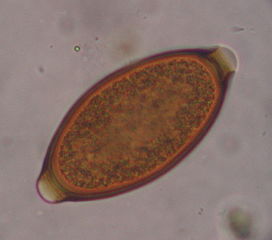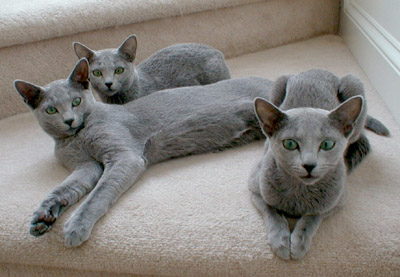 |
| Small legs but lots of energy! (Image Source) |
The Petit Basset Griffon Vendeen (or PBGV) is not a very
common breed but seem to have spurts of growth in popularity! They are an
active fun loving dog that will need discipline and socialization. Originally
bred in France for hunting they have a loud voice and are not afraid to use it!
They will do best in a home that is willing to spend time training them and
exercising them regularly!
 |
| Course hair and little legs are a breed standard! (Image Source) |
Although they have a course coat, it requires minimal
grooming. By brushing them once a week, you can remove an tangles or dead fur that
could be causing problems. As with many dogs you may need to wipe their ‘food
beard’ after eating.
 |
| They come in a variety of colors too! (Image Source) |
Overall they tend to be a sturdy breed. With their short legs, they are prone to
certain joint disorders. This could include elbow dysplasia, as well as hip dysplasia.
When looking into this breed it will help to have their hips certified as free
from disease. This will minimize the chance of your puppy having hip issues.
They also seem to be more prone to hypothyroidism. This is a condition that can
lead to weight gain, hair loss and lack of energy. Fortunately, it can be
managed with medication. Once diagnosed however, the treatment is typically lifelong.
Be sure to research your breeder or rescue prior to picking out your PBGV.
 |
| They are intelligent and will do very well with training! (Image Source) |
The PBGV while not a very common breed is very popular
with their owners. Once you get to know them, it is hard to resist their charm
and spunk. If you would like more information on this breed you can find it at
the following website here and here.














































